PPT-Criminological Theory:
Author : briana-ranney | Published Date : 2016-03-12
Past to Present Essential Readings 5 th Edition Francis T Cullen Robert Agnew and Pamela Wilcox PART I The Origins of Modern Criminology In the past criminological
Presentation Embed Code
Download Presentation
Download Presentation The PPT/PDF document "Criminological Theory:" is the property of its rightful owner. Permission is granted to download and print the materials on this website for personal, non-commercial use only, and to display it on your personal computer provided you do not modify the materials and that you retain all copyright notices contained in the materials. By downloading content from our website, you accept the terms of this agreement.
Criminological Theory:: Transcript
Download Rules Of Document
"Criminological Theory:"The content belongs to its owner. You may download and print it for personal use, without modification, and keep all copyright notices. By downloading, you agree to these terms.
Related Documents


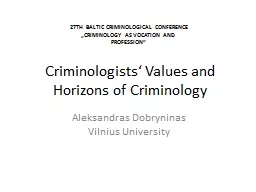



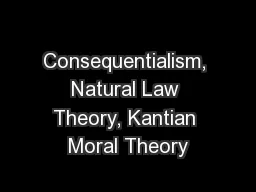
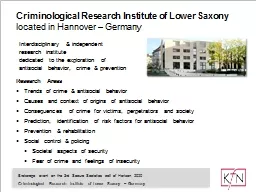



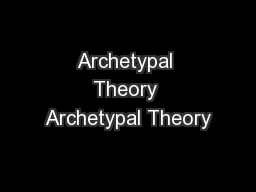
![[BOOK]-Delinquency and Drift Revisited, Volume 21: The Criminology of David Matza and](https://thumbs.docslides.com/955950/book-delinquency-and-drift-revisited-volume-21-the-criminology-of-david-matza-and-beyond-advances-in-criminological-theory.jpg)